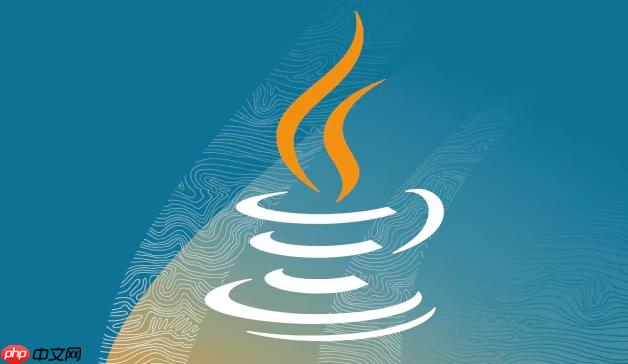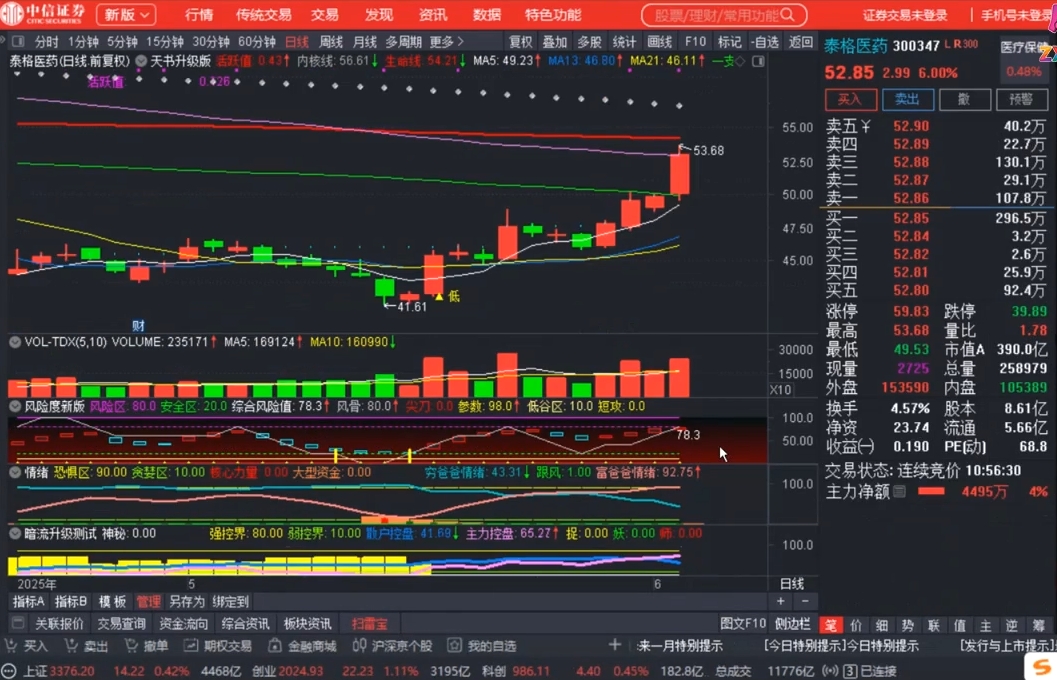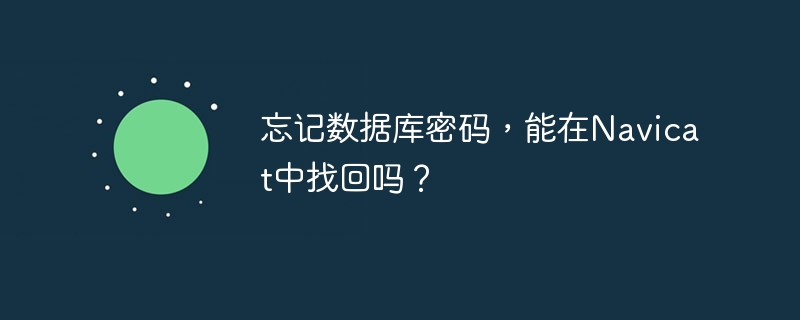Java中处理日期和时间最推荐的方法是使用java 8引入的java.time包(jsr 310 api),它解决了旧api的可变性、非线程安全以及时区混乱等问题。2. 创建日期时间对象可通过调用localdate.now()、localtime.now()、localdatetime.now()获取当前值,或使用of()方法指定年月日时分秒,也可通过parse()方法从字符串解析。3. 日期时间的格式化与解析依赖datetimeformatter,可通过预定义常量如iso_date_time或自定义模式如”yyyy年mm月dd日 hh:mm:ss”进行format()和parse()操作,且解析时格式必须严格匹配,否则抛出datetimeparseexception。4. 处理时区需使用zoneid和zoneddatetime,可将instant转换为不同时区的zoneddatetime,实现跨时区显示;时间间隔计算使用duration处理秒、分钟等时间单位,period处理年、月、日等日期单位,二者均为不可变类型,支持清晰的时间量操作。这套api设计清晰、线程安全、表达力强,极大提升了日期时间处理的可靠性与可读性。

Java中处理日期和时间,现在最推荐且实用的方法,毫无疑问是使用Java 8引入的
java.time
包,也就是我们常说的JSR 310 API。它彻底改变了之前
java.util.Date
和
java.util.Calendar
那些令人头疼的设计缺陷,比如可变性、非线程安全、以及那个令人迷惑的月份从0开始的计数方式。新的API设计得非常直观、类型安全,而且是不可变的,这对于多线程环境来说简直是福音。
解决方案
说实话,过去处理日期时间,我总觉得像在走钢丝,生怕哪里一不小心就踩了坑,尤其是涉及到时区转换或者并发操作时。但自从
java.time
出现后,整个世界都清爽了。它的核心思想就是把日期、时间、日期时间、时间点、持续时间、时区等概念清晰地划分开来,每个概念都有对应的类来表示,比如
LocalDate
只表示日期,
LocalTime
只表示时间,
LocalDateTime
则是日期和时间的组合,但它们都不包含时区信息。如果你需要精确到某个特定时区的时间点,那
ZonedDateTime
就是你的朋友。而
Instant
,它代表的是时间线上的一个瞬时点,通常用于机器时间戳,不带任何人类可读的日期或时区概念。
操作起来也极其流畅。比如,想要获取当前日期,
LocalDate.now()
就搞定了。想在当前时间上加几天?
plusDays()
方法直接链式调用,代码可读性极高。格式化和解析也变得异常简单,
DateTimeFormatter
提供了强大的模式匹配能力,无论是ISO标准格式还是自定义格式,都能轻松应对。这套API的设计哲学,就是让你的代码能“说人话”,一眼就能明白它在干什么,而不是去猜那些魔术般的数字和位移。
立即学习“Java免费学习笔记(深入)”;
如何创建和操作日期时间对象?
创建日期时间对象,其实有那么几种常用姿势。最直接的,当然是获取当前的日期或时间。
import java.time.LocalDate; import java.time.LocalTime; import java.time.LocalDateTime; import java.time.Month; public class DateTimeCreation { public static void main(String[] args) { // 获取当前日期 LocalDate today = LocalDate.now(); System.out.println("今天的日期: " + today); // 示例: 2023-10-27 // 获取当前时间 LocalTime now = LocalTime.now(); System.out.println("当前时间: " + now); // 示例: 10:30:45.123456789 // 获取当前的日期和时间 LocalDateTime currentDateTime = LocalDateTime.now(); System.out.println("当前日期时间: " + currentDateTime); // 示例: 2023-10-27T10:30:45.123456789 // 指定日期和时间 LocalDate specificDate = LocalDate.of(2023, 12, 25); System.out.println("指定日期: " + specificDate); // 2023-12-25 LocalTime specificTime = LocalTime.of(14, 30, 0); // 14:30:00 System.out.println("指定时间: " + specificTime); LocalDateTime specificDateTime = LocalDateTime.of(2024, Month.JANUARY, 1, 0, 0, 0); System.out.println("指定日期时间: " + specificDateTime); // 2024-01-01T00:00:00 // 从字符串解析日期时间 (默认ISO格式) LocalDate parsedDate = LocalDate.parse("2023-01-01"); System.out.println("解析的日期: " + parsedDate); // 日期时间操作:这些方法都会返回一个新的不可变对象 LocalDate nextWeek = today.plusWeeks(1); System.out.println("下周的日期: " + nextWeek); LocalDate lastMonth = today.minusMonths(1); System.out.println("上个月的日期: " + lastMonth); LocalDateTime changedHour = currentDateTime.withHour(15); System.out.println("改变小时后的日期时间: " + changedHour); // 比较日期 boolean isAfter = today.isAfter(specificDate); System.out.println("今天是否在指定日期之后? " + isAfter); // false } }
这些
plus
、
minus
、
with
方法,都是返回一个新的实例,这正是
java.time
不可变性设计的体现,避免了多线程环境下的数据混乱,用起来心里踏实多了。
Java中如何进行日期时间的格式化与解析?
格式化和解析,在实际应用中简直是家常便饭。你需要把一个日期时间对象展示给用户看,或者从用户输入、文件、数据库中读取日期时间字符串。
DateTimeFormatter
就是为此而生的。
import java.time.LocalDateTime; import java.time.format.DateTimeFormatter; import java.time.format.DateTimeParseException; public class DateTimeFormatting { public static void main(String[] args) { LocalDateTime now = LocalDateTime.now(); // 使用预定义的格式器 String isoDateTime = now.format(DateTimeFormatter.ISO_DATE_TIME); System.out.println("ISO格式日期时间: " + isoDateTime); // 示例: 2023-10-27T10:30:45.123456789 // 定义自定义格式 DateTimeFormatter customFormatter = DateTimeFormatter.ofPattern("yyyy年MM月dd日 HH:mm:ss"); String formattedDateTime = now.format(customFormatter); System.out.println("自定义格式日期时间: " + formattedDateTime); // 示例: 2023年10月27日 10:30:45 DateTimeFormatter anotherFormatter = DateTimeFormatter.ofPattern("MM/dd/yyyy E"); // 月/日/年 星期几 String anotherFormatted = now.format(anotherFormatter); System.out.println("另一种自定义格式: " + anotherFormatted); // 示例: 10/27/2023 周五 // 解析字符串为日期时间对象 String dateString = "2023年08月15日 14:00:00"; try { LocalDateTime parsedDateTime = LocalDateTime.parse(dateString, customFormatter); System.out.println("解析后的日期时间: " + parsedDateTime); // 2023-08-15T14:00:00 } catch (DateTimeParseException e) { System.err.println("解析失败: " + e.getMessage()); } String invalidDateString = "2023-8-15 14:00"; // 不符合自定义格式 try { LocalDateTime parsedInvalid = LocalDateTime.parse(invalidDateString, customFormatter); System.out.println("解析成功 (不应该): " + parsedInvalid); } catch (DateTimeParseException e) { System.err.println("解析失败 (预期): " + e.getMessage()); // 预期会抛出异常 } } }
这里要注意的是,
ofPattern()
方法中的模式字母,比如
y
代表年,
M
代表月,
d
代表日,
H
代表24小时制的小时,
M
代表分钟,
s
代表秒,
E
代表星期几。这些都是有规范的,查一下文档就清楚了。解析的时候,字符串的格式必须和
DateTimeFormatter
定义的模式完全匹配,否则就会抛出
DateTimeParseException
。这比以前的
SimpleDateFormat
要严格和安全得多,避免了很多隐式的错误。
如何处理时区和时间间隔?
时区和时间间隔,是日期时间处理中比较高级,但也非常重要的概念。尤其是在全球化的应用中,你不能假定所有用户都在同一个时区。
import java.time.Instant; import java.time.ZoneId; import java.time.ZonedDateTime; import java.time.Duration; import java.time.Period; import java.time.LocalDateTime; public class TimeZoneAndIntervals { public static void main(String[] args) { // 处理时区 // 获取一个特定的时区 ZoneId newYorkZone = ZoneId.of("America/New_York"); ZoneId shanghaiZone = ZoneId.of("Asia/Shanghai"); ZoneId utcZone = ZoneId.of("UTC"); // 获取当前UTC时间点 Instant nowInstant = Instant.now(); System.out.println("当前瞬时时间 (UTC): " + nowInstant); // 示例: 2023-10-27T02:30:45.123Z (Z表示UTC) // 将Instant转换为带时区的日期时间 ZonedDateTime nyTime = nowInstant.atZone(newYorkZone); System.out.println("纽约时间: " + nyTime); // 示例: 2023-10-26T22:30:45.123-04:00[America/New_York] ZonedDateTime shTime = nowInstant.atZone(shanghaiZone); System.out.println("上海时间: " + shTime); // 示例: 2023-10-27T10:30:45.123+08:00[Asia/Shanghai] // 直接创建带时区的日期时间 LocalDateTime localDateTime = LocalDateTime.of(2023, 10, 27, 10, 0); ZonedDateTime zonedDateTimeShanghai = localDateTime.atZone(shanghaiZone); System.out.println("上海的指定日期时间: " + zonedDateTimeShanghai); // 转换时区 ZonedDateTime zonedDateTimeNewYork = zonedDateTimeShanghai.withZoneSameInstant(newYorkZone); System.out.println("转换到纽约时间: " + zonedDateTimeNewYork); // 注意日期和时间都会相应调整 // 时间间隔:Duration (基于时间,如秒、毫秒) Instant start = Instant.parse("2023-10-27T00:00:00Z"); Instant end = Instant.parse("2023-10-27T01:30:00Z"); Duration duration = Duration.between(start, end); System.out.println("持续时间 (秒): " + duration.getSeconds()); // 5400 秒 System.out.println("持续时间 (分钟): " + duration.toMinutes()); // 90 分钟 Duration oneHour = Duration.ofHours(1); LocalDateTime futureTime = LocalDateTime.now().plus(oneHour); System.out.println("一小时后的时间: " + futureTime); // 时间间隔:Period (基于日期,如年、月、日) LocalDate startDate = LocalDate.of(2023, 1, 1); LocalDate endDate = LocalDate.of(2024, 3, 15); Period period = Period.between(startDate, endDate); System.out.println("两个日期之间的年数: " + period.getYears()); // 1 System.out.println("两个日期之间的月数: " + period.getMonths()); // 2 System.out.println("两个日期之间的天数: " + period.getDays()); // 14 System.out.println("总周期描述: " + period); // P1Y2M14D LocalDate futuredate = LocalDate.now().plus(Period.ofMonths(3)); System.out.println("三个月后的日期: " + futureDate); } }
Instant
是处理机器时间戳的利器,它不关心任何时区,就是一个纯粹的时间点。当需要把这个时间点展示给特定时区的人看时,就用
atZone()
方法把它转换成
ZonedDateTime
。
ZonedDateTime
包含了
LocalDateTime
和
ZoneId
的信息,是处理跨时区业务逻辑的关键。
而
Duration
和
Period
则分别用于表示时间量和日期量。
Duration
侧重于时间单位,比如多少秒、多少分钟,非常适合计算两个
Instant
或
LocalTime
之间的差值。
Period
则侧重于日期单位,比如多少年、多少月、多少天,适用于计算两个
LocalDate
之间的差值。它们都是不可变的,并且提供了丰富的工厂方法和操作方法,让时间间隔的计算变得异常清晰。可以说,有了
java.time
,日期时间处理的那些坑,大部分都已经被填平了。


















